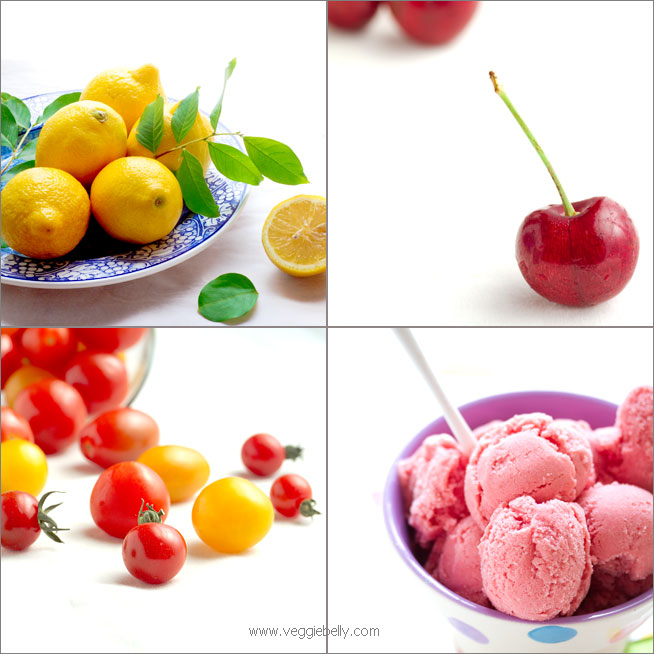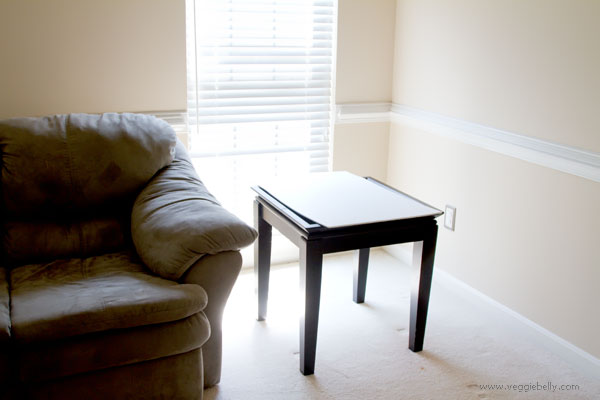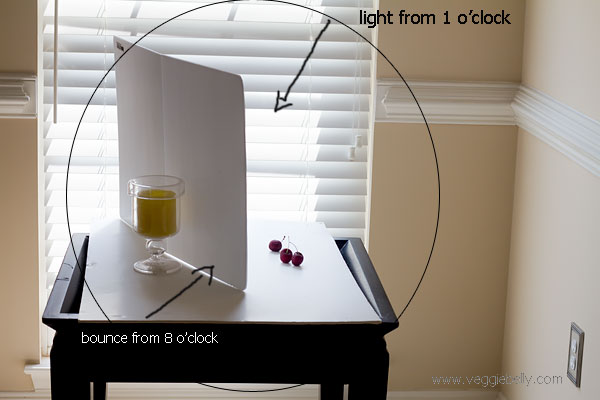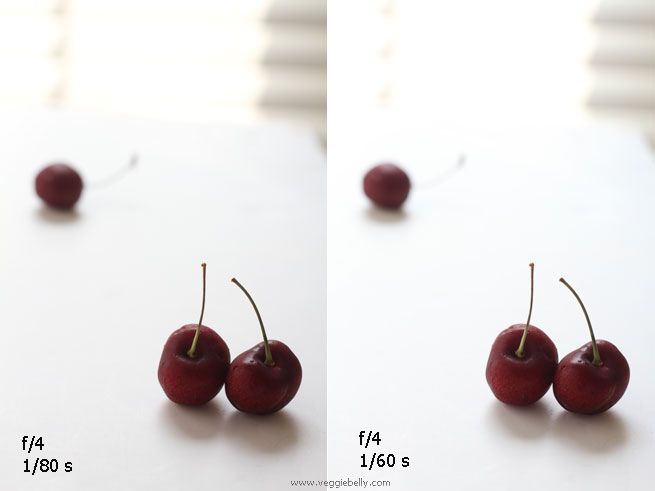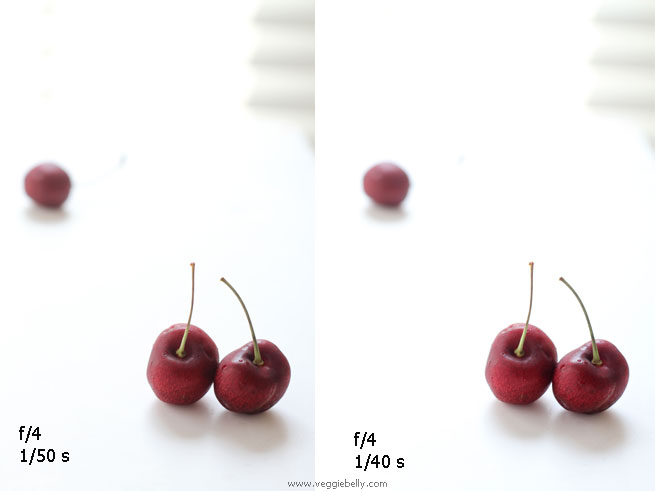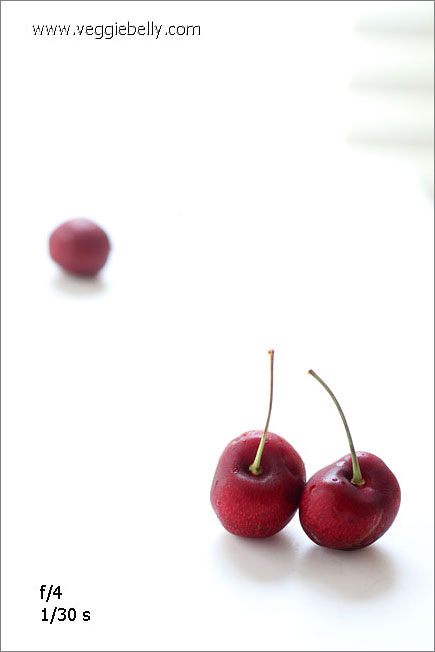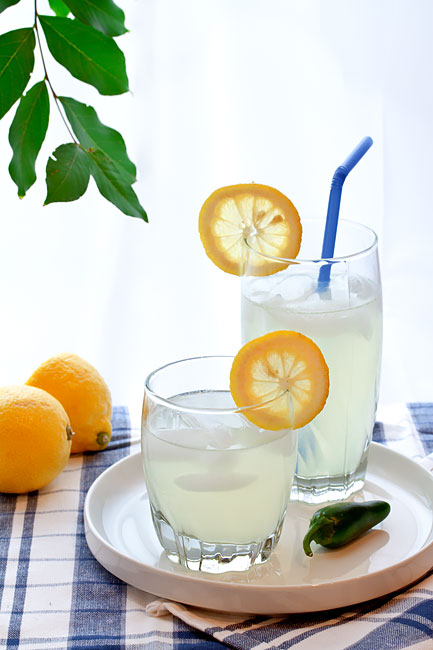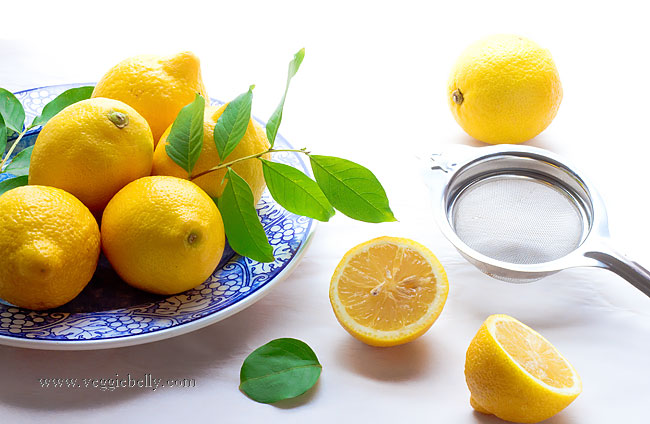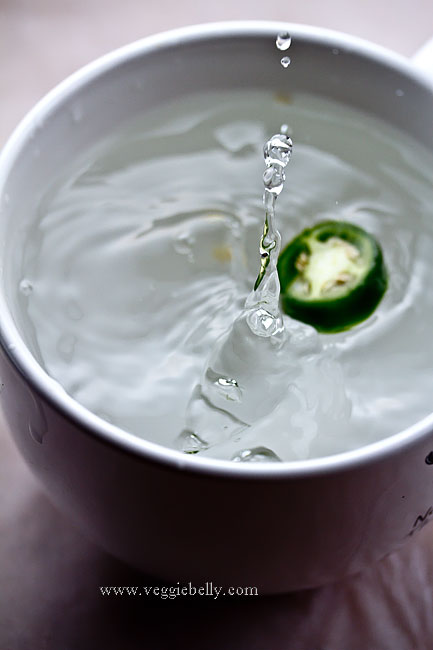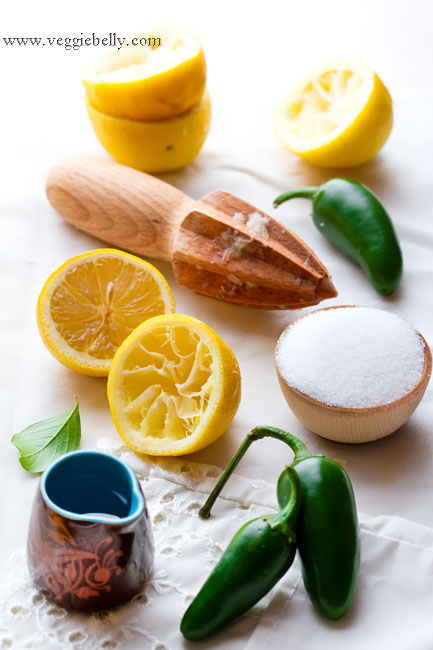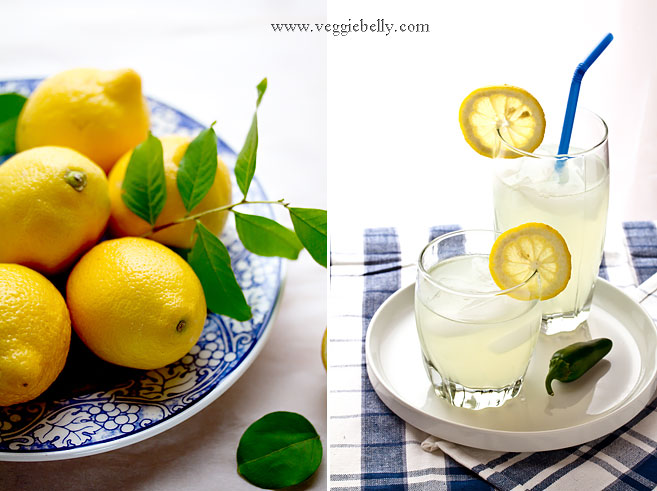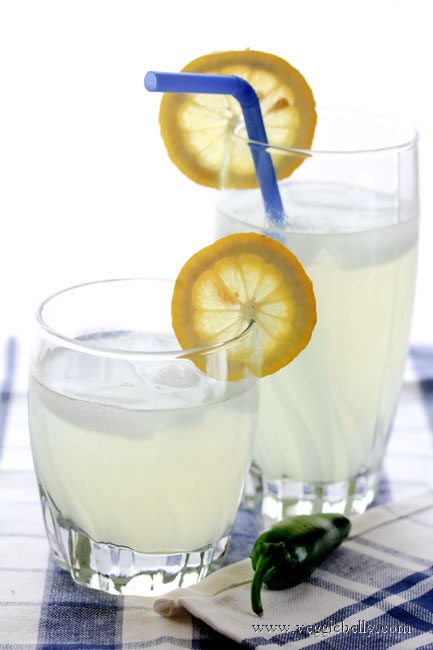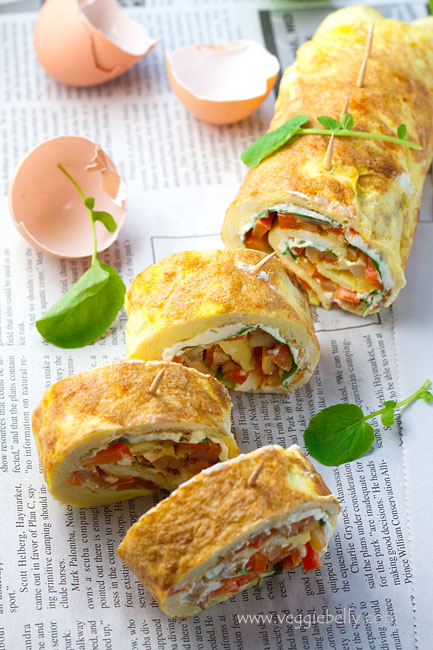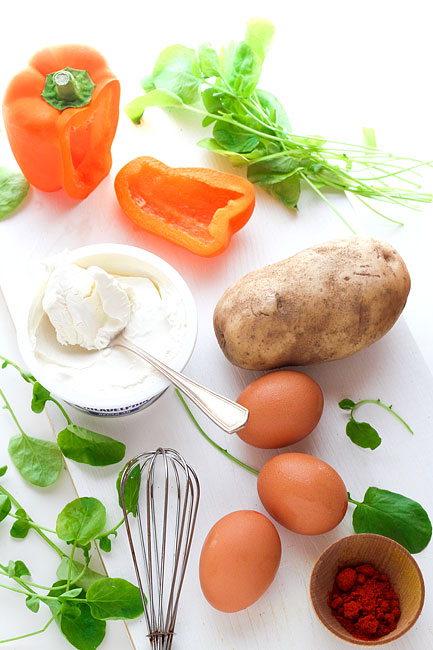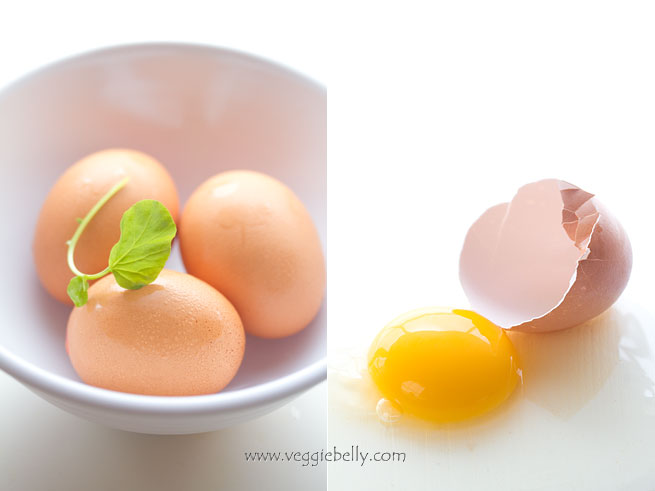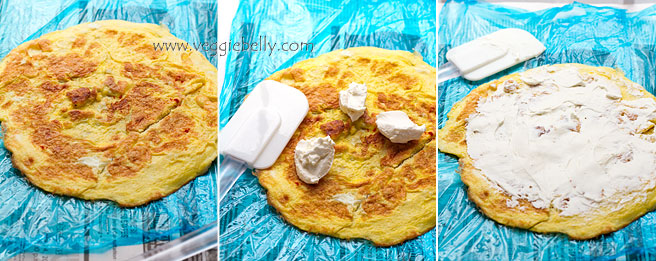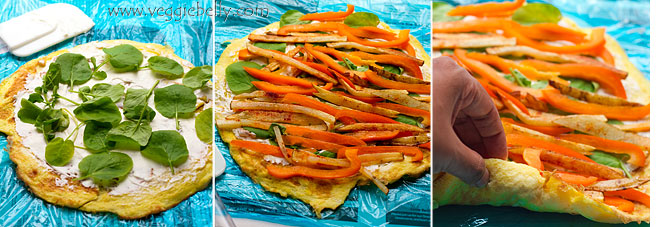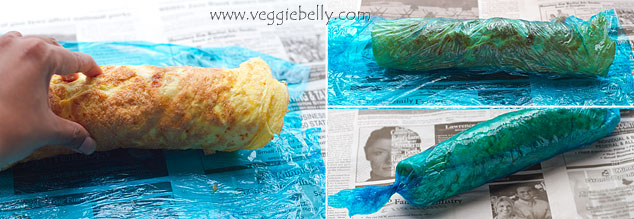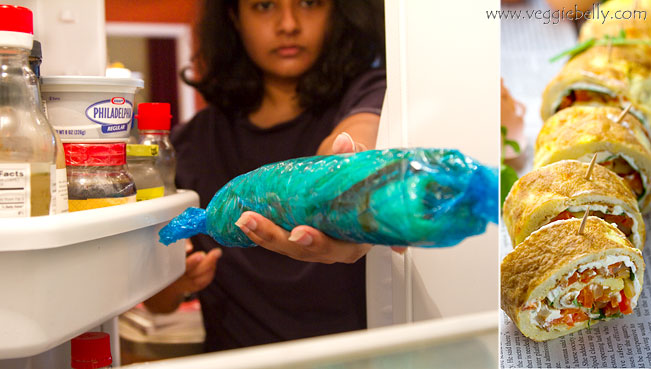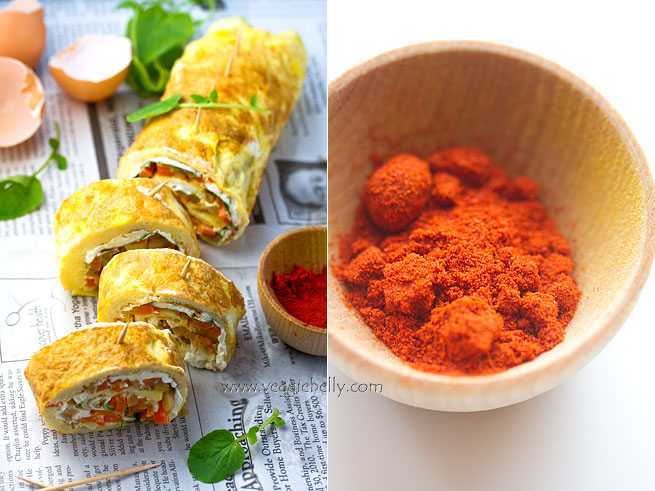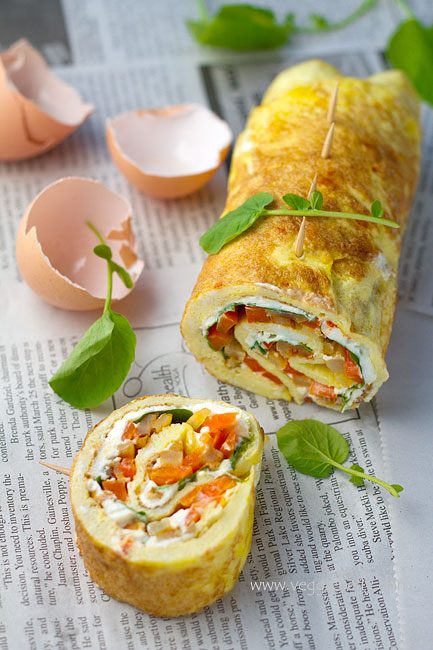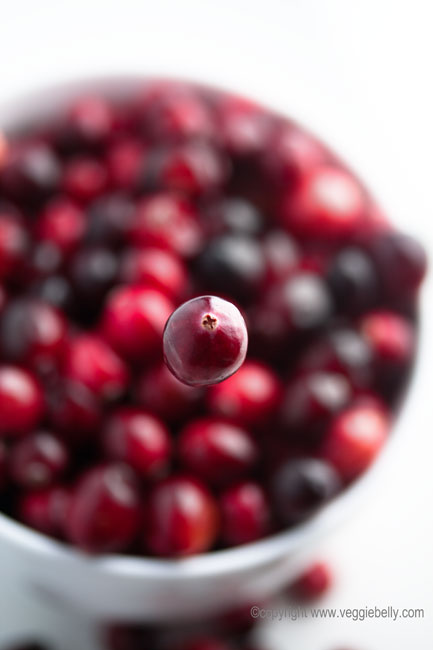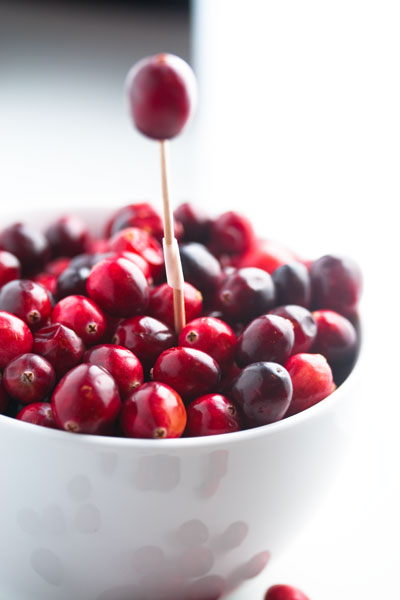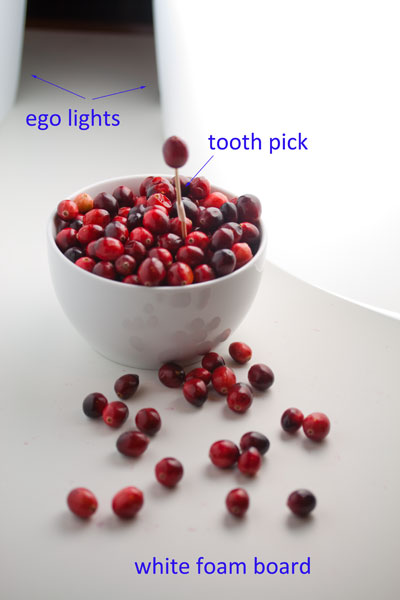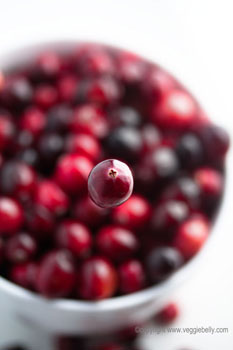I like taking food pictures on a seamless, bright, pure white background so that they look sunny and clean. “How to take food photos on a white background?” is the one question I get asked the most, so here is my set up and how I do it..
What you’ll need
- The food you are going to photograph
- Background - large white foam board, white bed sheet or table cloth or white card board
- Bounce or reflector – another piece of white foam board, or card board wrapped in aluminum foil
- A camera with manual mode on a tripod. If you dont have a tripod, try using a higher ISO setting.
Choose a window with good sun light. This window is in my living room where I get plenty of sun light. I left the blinds closed, because the sun was very sharp, and I got plenty of light for this shot even with the blinds down. Remember, you don’t want direct sunlight falling on your subject.
If you feel the window light is too harsh, drape a white bed sheet over the window to mellow and diffuse the light.
Place a table close to your window. Place a white foam core, white card board or white bed sheet on the table.
My basic food photography set up with natural light
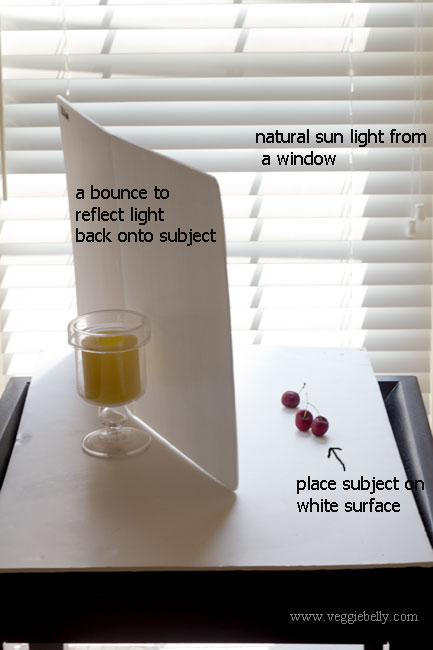
For a seamless white background for you pictures, I use a large white surface. Anything will do – white foam board, or cloth.
A bounce or reflector is just a piece of white material that is used to reflect light back on to the subject. A bounce or reflector will fill any shadows and lighten dark areas on your shot. Use a piece of white foam core or white card board. For a stronger bounce, you could also use a piece of card board that has been wrapped with aluminum foil.
Natural lighting for food photography and light placement
Think of your whole set up as a clock. You are standing with your camera at around 6 o’clock. You want the light coming any where from 9 o ‘clock or 3 o’clock. And the bounce should be on the opposite side of the light. Here, the light source (window) is around 1 o’clock and the bounce is placed at around 8 o’clock.
Now, put your camera in manual mode. Read your camera’s instruction book to learn how to use manual mode; its easier than you think!
For the cherry shots, I picked an aperture setting of f/4 on my canon 50mm 1.8 lens. An aperture setting of f/4 lets me keep the front two cherries sharp and clear while throwing the cherry in the back out of focus.
Keeping the aperture setting constant at f/4, lets try shooting with different shutter speeds. Read your camera manual to see how you can change aperture and shutter speeds.
Exif info for photos below:
lens: Canon 50mm 1.8
aperture: f/4 for all photos
shutter speed: varying; look at pictures below
ISO: 200 for all photos
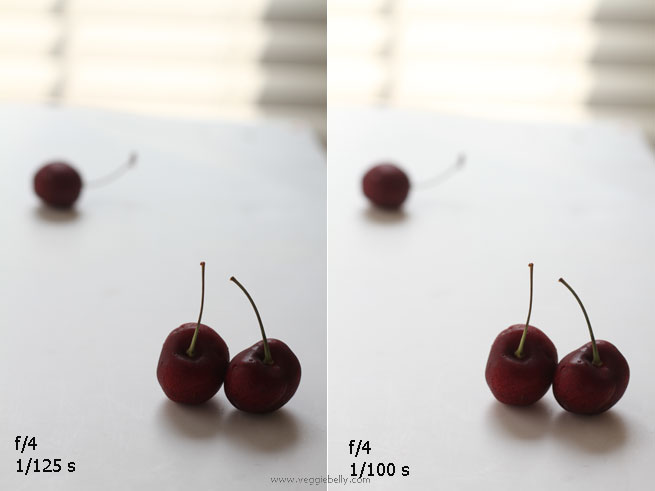
Keeping aperture value at f/4, lets start experimenting with shutter speed. At a shutter speed of 1/125 seconds, there isnt enough light. The picture is dark. Lets reduce shutter speed to 1/100 seconds. A little better, but still dark.
Lets try reducing the shutter speed even more, so that the camera lets more light in. Look at the picture with 1/60 seconds shutter speed. The white background is starting to look nice and bright. But the cherries are still a bit dark.
Notice how things are starting to look crisp and bright at 1/50 or 1/40 seconds shutter speed? This is what you want.
But at sutter speed 1/40 seconds, we are entering camera shake territory. Any lower, and my pictures will be shaky. This is where a tripod is useful, to stabilize the shot.
Now you make a creative decision. We have achieved a white enough background. Do you want it even brighter? I did. So I lowered the shutter speed one more increment, to let more light in.
At aperture value f/4 and shutter speed 1/30s I am satisfied with the brightness of the image. How bright or dark you want it is your own creative decision.
More..
- Tips on food photography by Helen of Tartelette
- Learn food photography blog by Neel
- Food photography tutorial series by White on Rice Couple
- Food photography setup on Steamy Kitchen
- Food photography setup series by Wrightfood
- Lara Ferronis ‘still life with’ food photography
Have you tried replicating this shot? If so, share a link to your pictures in the comments section below!

